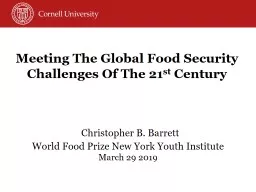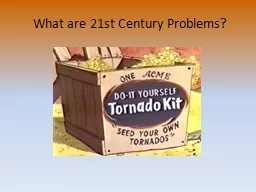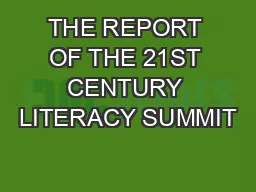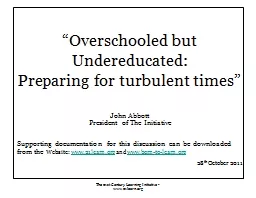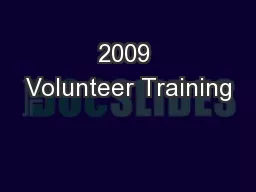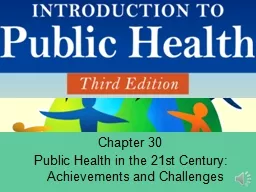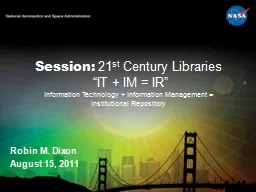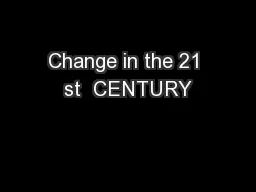PPT-Meeting The Global Food Security Challenges Of The 21st Century
Author : fdsecure | Published Date : 2020-05-07
Food security exists if and only if brall people at all times have physical social and economic access to sufficient safe and nutritious food that meets their dietary
Presentation Embed Code
Download Presentation
Download Presentation The PPT/PDF document "Meeting The Global Food Security Challen..." is the property of its rightful owner. Permission is granted to download and print the materials on this website for personal, non-commercial use only, and to display it on your personal computer provided you do not modify the materials and that you retain all copyright notices contained in the materials. By downloading content from our website, you accept the terms of this agreement.
Meeting The Global Food Security Challenges Of The 21st Century: Transcript
Download Rules Of Document
"Meeting The Global Food Security Challenges Of The 21st Century"The content belongs to its owner. You may download and print it for personal use, without modification, and keep all copyright notices. By downloading, you agree to these terms.
Related Documents

